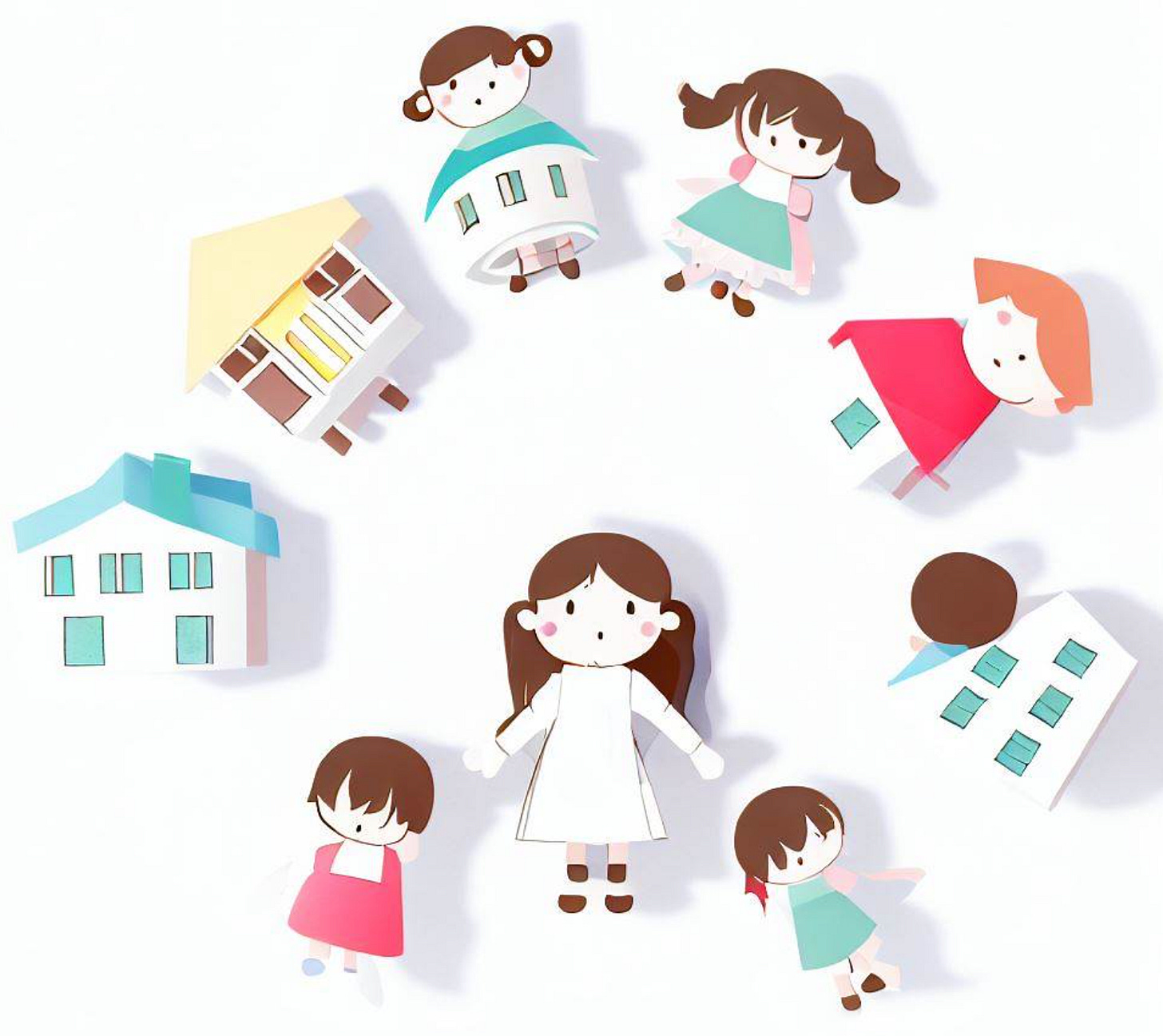The bizarre politics of childcare
The latest news doing the rounds is a “crackdown” on childcare rorting to the tune of $7.7 million a week (about $400 million a year).
Ah yes, cracking down on the really important big items. Put that corporate tax avoidance to one side. Save the crackdown on political expenses for another day. The big news is here.
Unfortunately the logic at play in this childcare crackdown is absurd.
To consider what is going on we first need to understand that in Australia we have a system of childcare subsidies designed to get mothers into the formal workforce. Yet, with carer-to-child ratios mandated at 1:6 on average for non-school-age children, we should expect that a fair proportion of these working Mums trade homemaking for childcare work in order simply to make up the numbers.
If the average additional mother entering the workforce as a result of childcare subsidies has two children, then each additional woman entering the workforce has about a one-third chance of working in childcare. Essentially the policy requires that for every three Mums entering the workforce there must be one childcare worker, giving a net gain in the non-childcare workforce of 2 out of 3.
What this “crackdown” is designed to target is Mums running what are called Family Day Care centres, where they care formally for their quota of 6 children in their own home. Obviously, their home must meet various size and safety standards and so forth.
The “loophole” is one where
“… parents who run a family day care receive childcare payments for having their own child in a different day care service at the same time.”
But what is exactly wrong with this? If we go from a world of no formal daycare, to one with formal daycare at the 1:6 ratio, then we should expect that a third of Mums entering the workforce work in childcare. And their children will also go to childcare so that Mum can work.
Do we hear complaints that staff at formal day child care centres whose children are in care at other formal centres are “rorting the system”? So simply changing the location from “non-house” to “house” means the system is somehow not working as designed.
That’s bogus. The system is designed expressly for this to happen. It was clear and obvious to anyone who has thought about it for five seconds.
This is what happens when you create a policy designed to juice the economic statistics by making the informal economy formal.
Meanwhile, the government is expanding childcare subsidies to nannies this year with a pilot program covering 10,000 children. For the life of me, I can’t understand what the difference is between this and the family day care “rort”. Should we expect older siblings or cousins to become nannies all of a sudden? Probably.
But what would be wrong with that exactly? The economic effect is exactly as desired.


